Archaeology
-
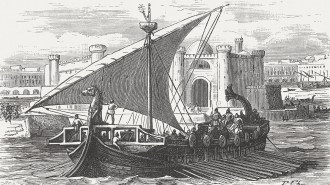 Science & Society
Science & Society‘After 1177 B.C.’ describes how societies fared when the Bronze Age ended
Archaeologist Eric H. Cline’s new book reconstructs ancient examples of societal resilience and fragility that have modern-day relevance.
By Bruce Bower -
 Genetics
GeneticsHorses may have been domesticated twice. Only one attempt stuck
Genetic evidence suggests that the ancestors of domestic horses were bred for mobility about 4,200 years ago.
-
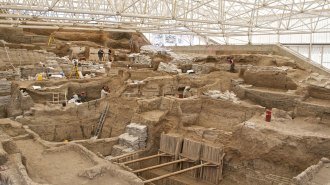 Archaeology
ArchaeologyOne of the world’s earliest farming villages housed surprisingly few people
Hundreds, not thousands, occupied the Turkish site of Çatalhöyük nearly 9,000 years ago, undermining arguments for a Neolithic social revolution.
By Bruce Bower -
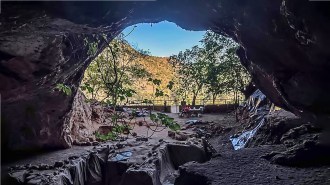 Archaeology
ArchaeologyThese Stone Age humans were more gatherer than hunter
Though not completely vegetarian, the Iberomaurusian hunter-gatherers from North Africa relied heavily on plants such as acorns, pistachios and oats.
By Jude Coleman -
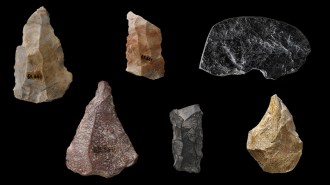 Archaeology
ArchaeologyA puzzling mix of artifacts raises questions about Homo sapiens' travels to China
A reexamined Chinese site points to a cultural mix of Homo sapiens with Neandertals or Denisovans.
By Bruce Bower -
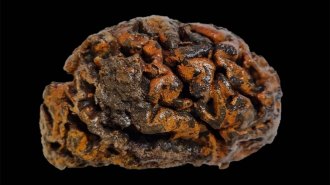 Archaeology
ArchaeologyHuman brains found at archaeological sites are surprisingly well-preserved
Analyzing a new archive of 4,400 human brains cited in the archaeological record reveals the organ’s unique chemistry might prevent decay.
-
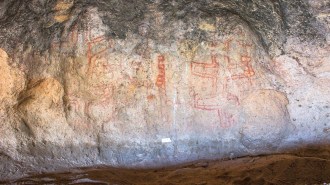 Archaeology
ArchaeologyThese South American cave paintings reveal a surprisingly old tradition
Radiocarbon dates point to an artistic design practice that began in Patagonia almost 8,200 years ago, several millennia earlier than previously recorded.
By Bruce Bower -
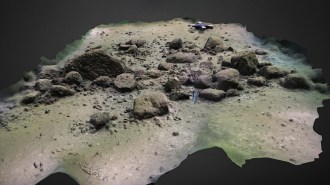 Archaeology
ArchaeologyThis Stone Age wall may have led Eurasian reindeer to their doom
Hunter-gatherers living 10,000 years ago in what is now Germany probably used the wall to trap reindeer in a nearby lake.
By Anna Gibbs -
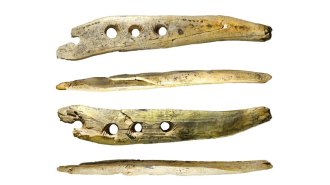 Archaeology
ArchaeologyA four-holed piece of ivory provides a glimpse into ancient rope-making
The tool, unearthed in Central Europe, suggests that locals made devices for stringing together sturdy cords over 35,000 years ago, researchers say.
By Bruce Bower -
 Climate
ClimateCold, dry snaps accompanied three plagues that struck the Roman Empire
New climate data for ancient Italy point to temperature and rainfall influences on past infectious disease outbreaks.
By Bruce Bower -
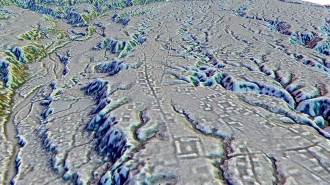 Archaeology
ArchaeologyAn ancient, massive urban complex has been found in the Ecuadorian Amazon
Found by airborne laser scans, this settlement and others throughout Mesoamerica and the Amazon are shifting how archaeologists think about urbanism.
By Amanda Heidt -
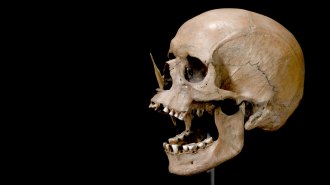 Genetics
GeneticsHow ancient herders rewrote northern Europeans’ genetic story
New DNA analyses show the extent of the Yamnaya people’s genetic reach starting 5,000 years ago and how it made descendants prone to diseases like MS.
By Bruce Bower